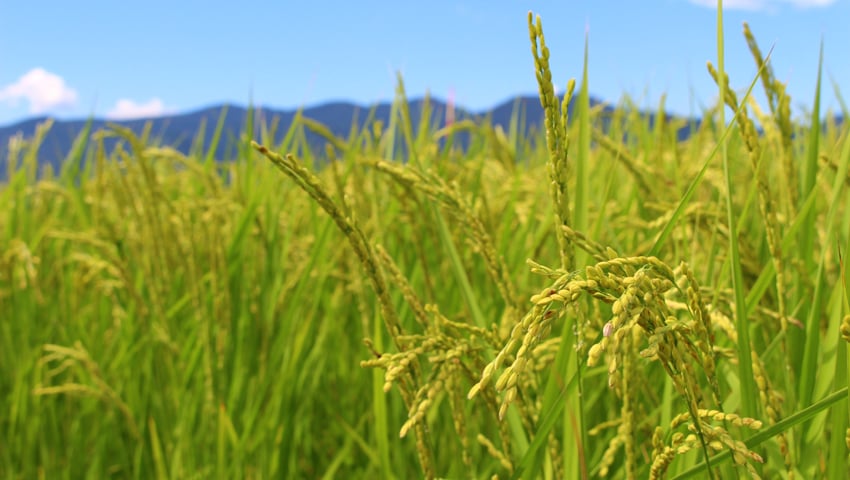The negative impact of human activity on Earth doesn’t just affect our planet’s atmosphere – it goes much deeper, into its soils.
For instance, excessive application of manure or sewage sludge can increase heavy metal concentrations in agricultural land where vital crops are grown. One of these heavy metals is zinc, a micronutrient necessary for plant and animal health. In excess, however, zinc can be extremely damaging to sensitive plant species.
Some plants have a naturally higher tolerance for zinc that allows them to thrive in otherwise toxic conditions, but the biology behind this has been unclear.
In a new study, Salk Institute scientists identified a gene that helps plants manage excess zinc in the soil.
The findings, published in Nature Communications, reveal that plants tolerate high levels of zinc by trapping it in their root cell walls, a process facilitated by a gene called trichome birefringence or TBR.
Scientists and farmers can now use this information to develop and grow crops that are more resilient to soil contamination.
Senior author, Professor Wolfgang Busch, said, “The cell wall’s structure is like a scaffold that can store zinc away from the rest of the plant, and if the TBR gene is active, plants can store away more zinc. What’s interesting about this simple process is that it can be the difference between life and death for a plant exposed to toxic conditions.”
A cell wall’s capacity to store zinc is largely dependent on a process called pectin methylesterification – a process that alters the structure of the spongy pectin molecules inside cell walls so that they can absorb more zinc. To better understand this, the researchers performed a genome-wide association study to identify plant genes associated with increased pectin methylesterification.
First author, Kaizhen Zhong, said, “We found that TBR allele variants influence changes in pectin methylesterification and help determine a plant’s ability to tolerate higher zinc levels. Knowing this is really important because we can now potentially introduce or activate this gene in other plants to create crops that are more resilient to environmental changes.”
These initial experiments were performed in Arabidopsis thaliana, a small flowering plant that scientists use as a model organism for studying plant biology. The researchers’ next step was to see whether this gene works similarly in other plants, including important crop species.
To do this, the scientists placed Oryza sativa, a common strain of rice and staple crop for billions of people, in soil with toxic levels of zinc. They specifically compared two versions of Oryza—one with a functional TBR gene and one without—and monitored their root growth as a measure of zinc tolerance.
The rice with functional TBR thrived, confirming that this survival mechanism for zinc toxicity is conserved across multiple plant species. The same test was also done with the legume Lotus japonicus, producing the same result.
Busch said, “What’s exciting is that our data suggest this phenomenon is conserved across all flowering plants, which make up the vast majority of plant species and food crops. This one discovery could be applied to increase plant resilience to toxic levels of zinc and help to support our future food supply.”
